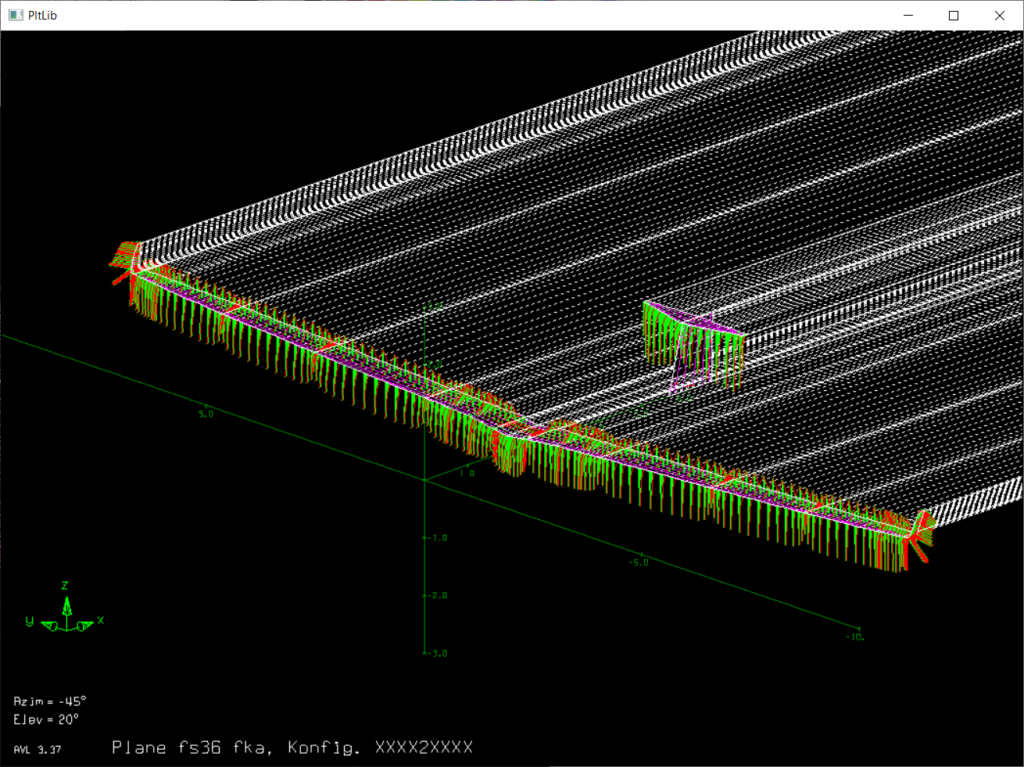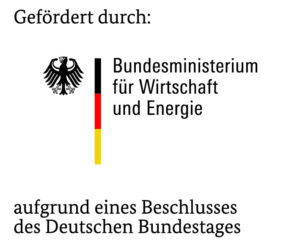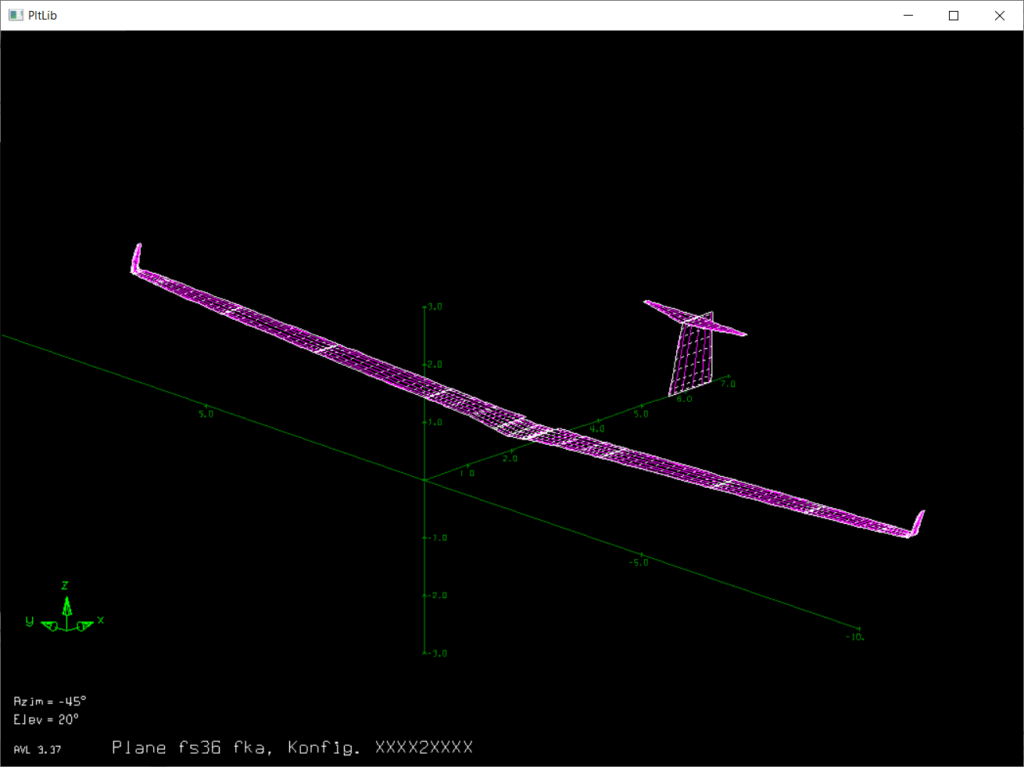
Apart from flight testing the fs35, we’re still hard at work on our newest project, the fs36. Fowler flaps, which are to be installed on the fs36, have only very rarely been incorporated in sailplanes, and therefore not a lot of experience has been gained on their use in the field. To deal with this issue, one of our members, Thomas Stolte, performed an analysis on the flight characteristics of the fs36 as part of his Master’s thesis. A flight mechanical model was generated based on the current design of the fs36. This was then tested in a self-developed simulator to examine said flight characteristics.
Before the start of the analysis, we developed a model to help us in the design phase. This would combine parameters from multiple disciplines, such as aerodynamics, load assumptions, or structural calculations, into a central parametrised flight model.
Based on the central model, aerodynamic calculations were performed with the program “Athena Vortex Lattice” (AVL) to determine the forces and moments acting on the aircraft during a certain flight condition. These calculations were performed for multiple different flow conditions and for different flap deflections and weight configurations. To this end, an automatic process was developed which would automatically perform and manage said calculations. This process would also simplify the analysis should there be a major design change.
The simulator was programmed in “Matlab/Simulink” from MathWorks. Based on the current flight condition, it calculates the forces and moments through interpolation between the flight conditions analysed in AVL. With these, the new flight condition in the next time increment can be calculated. By connecting a joystick and pedals to the computer, one can then “fly” the current design of the fs36. For a graphical output of the current flight condition, an interface was created with the simulator “XPlane.”
With the help of these processes, it’s possible to assess the design stage of the fs36 from a flight mechanical perspective by analysing the effects of the plain and fowler flaps, the roll rates, the angleof attack, or the flight behaviour in the simulator.
Model of the fs36 in AVL fs36 in XPlane




